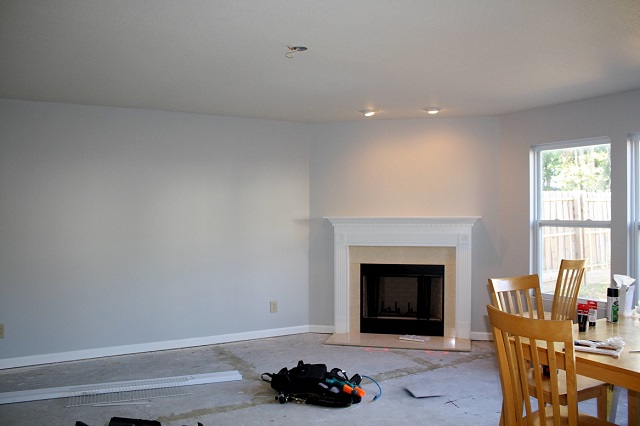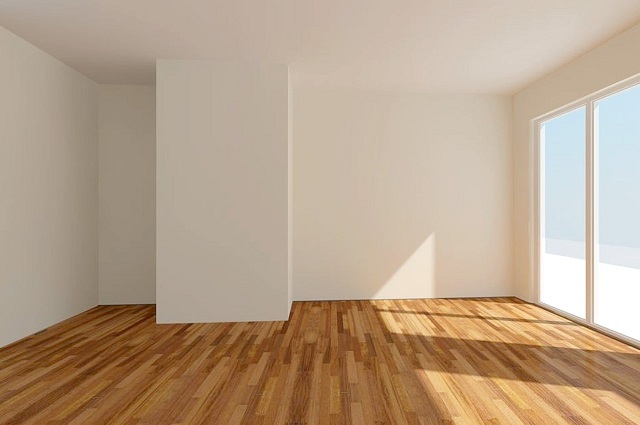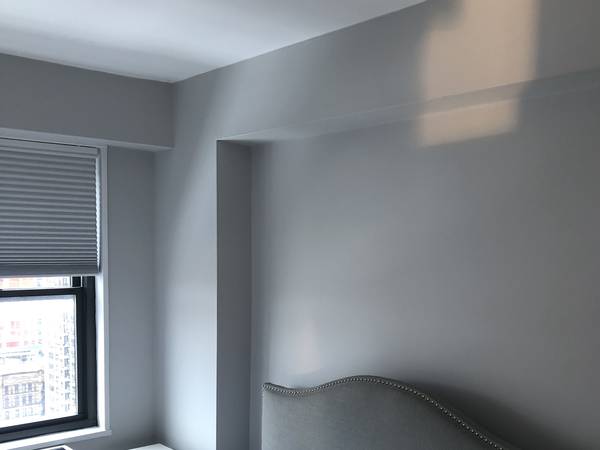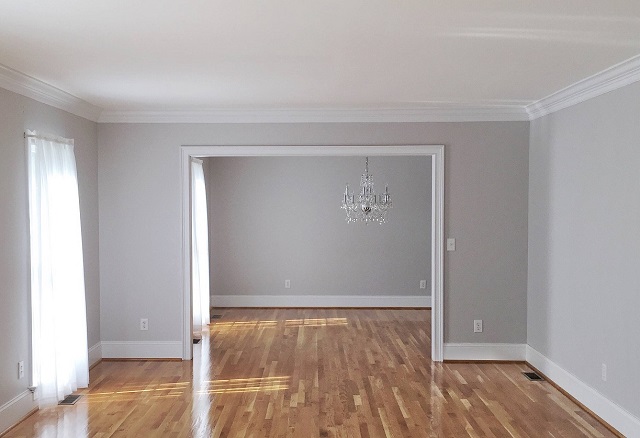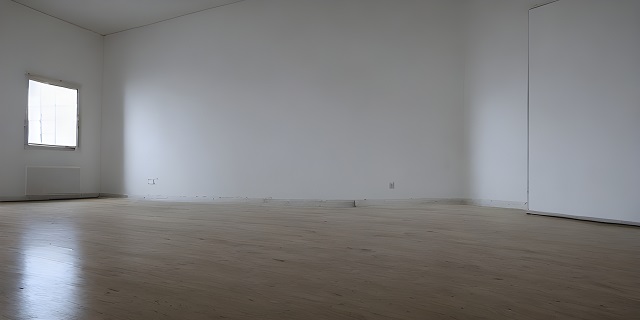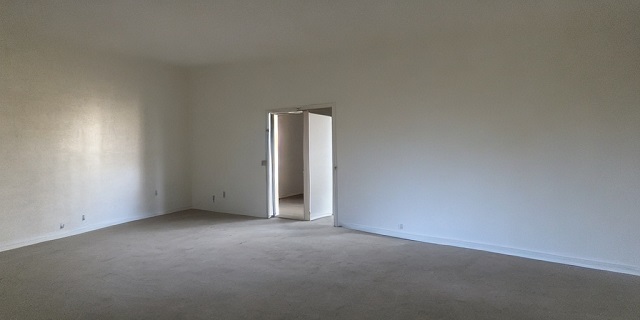Plaster Repair Techniques for Beginners

Table of Contents
Plaster walls and ceilings have a timeless appeal, lending character and durability to homes built in eras when plaster was the standard finish. However, over time, even the sturdiest plaster surfaces can develop cracks, holes, or other imperfections that detract from their beauty. Whether you’re living in an older home or simply want to learn a new skill, mastering plaster repair techniques can be both a practical and rewarding DIY project. This comprehensive guide will walk you through the basics of plaster repair, explain the tools and materials you’ll need, and provide step-by-step instructions to help you achieve professional-looking results—even if you’re a beginner.
Estimated reading time: 20 minutes
Understanding Plaster and Its Common Problems
Before diving into repair techniques, it’s important to understand the nature of plaster and the issues that often arise.
What Is Plaster?
Plaster is a building material made from lime, gypsum, or cement mixed with water and sand. It has been used for centuries to create smooth, durable finishes on walls and ceilings. Traditional plaster work involves multiple layers, each designed to bond together and create a solid, uniform surface. However, due to its organic nature, plaster can be susceptible to damage over time.
Common Plaster Issues
- Cracks: These can range from hairline fractures to larger splits caused by structural movement, temperature changes, or settling of the building.
- Holes and Dents: Impact damage from furniture, accidents, or natural wear and tear can leave unsightly holes and dents.
- Delamination: Sometimes, the plaster may start to pull away from the lath or substrate underneath, leading to bulges or sagging.
- Water Damage: Leaks or high humidity levels can cause plaster to stain, soften, or crumble.
- Surface Erosion: Over many years, the plaster surface may erode, losing its smooth finish.
Understanding these common problems will help you choose the right repair technique for your project.
Essential Tools and Materials
Having the proper tools and materials on hand is crucial for a successful plaster repair. Here’s a list to get you started:
Tools
- Putty Knives and Trowels: A range of sizes (from 2-inch to 6-inch) is ideal for spreading and smoothing patching compounds.
- Mixing Bucket: A sturdy container for mixing your plaster or patching compound.
- Drill with a Mixing Paddle: For thoroughly mixing compounds to a smooth consistency.
- Sanding Block or Pole Sander: Fine-grit sandpaper (120-220 grit) is essential for smoothing the surface after repairs.
- Utility Knife: Useful for removing loose or damaged plaster.
- Hammer and Chisel: For larger repairs, these can help remove damaged areas.
- Dust Mask and Safety Glasses: Protection from dust and debris is a must.
- Drop Cloths and Painter’s Tape: To protect surrounding surfaces and create clean edges.
Materials
- Plaster or Patching Compound: Depending on the repair, you might use ready-mixed plaster, a patching compound, or even a skim coat mix.
- Primer: A good quality primer ensures that your repair adheres well to the existing surface.
- Water: To mix your plaster compound as needed.
- Mesh or Fiberglass Tape: Ideal for reinforcing repairs in larger cracks or holes.
- Joint Compound: For minor repairs and smoothing out edges between old and new plaster.
- Spackle: A lighter compound for very small holes or minor dents.
Preparing the Surface for Repair
Preparation is the foundation of any successful plaster repair. Taking the time to properly prepare the damaged area ensures that your patch will bond well and last for years.
1. Clean the Area
- Remove Dust and Debris: Start by cleaning the damaged area with a damp cloth or sponge. Dust, loose particles, and dirt can prevent the new plaster from adhering properly.
- Clear Loose Material: Use a utility knife or chisel to carefully remove any flaking or crumbling plaster around the damaged spot. Make sure the edges of the repair area are solid and stable.
2. Protect Surrounding Areas
- Cover Floors and Furniture: Lay down drop cloths to protect your floors, and use painter’s tape to mask off trim or adjacent walls.
- Ventilate the Area: Ensure good ventilation, especially if you’re sanding or mixing compounds.
3. Assess the Damage
- Small Cracks and Holes: These can often be filled with a patching compound or spackle.
- Large Areas or Sagging Plaster: More extensive damage might require removal of the compromised plaster and a full patch repair or skim coat application.
- Underlying Issues: For recurring problems, inspect for underlying causes such as water leaks or structural movement. Address these issues before proceeding with cosmetic repairs.
4. Prime the Surface
- Apply a Primer: Especially in areas where you’ve removed old plaster or repaired large sections, applying a primer can help the new plaster adhere better. Allow the primer to dry completely according to the manufacturer’s instructions.
Step-by-Step Plaster Repair Techniques
Below are detailed techniques for repairing various types of plaster damage, each tailored to the needs of a beginner.
Technique 1: Repairing Small Cracks and Dents
Step 1: Widen the Crack (if necessary)
- Use a utility knife to slightly widen narrow cracks. This creates a V-shaped groove that allows the patching compound to adhere more securely.
Step 2: Apply Patching Compound
- Using a putty knife, apply a thin layer of patching compound or spackle over the crack or dent. Press the compound firmly into the groove.
- Smooth out the surface with the putty knife, feathering the edges to blend with the surrounding area.
Step 3: Allow to Dry and Sand Smooth
- Let the compound dry completely (follow the drying time recommended on the product). Once dry, lightly sand the area with fine-grit sandpaper until it is flush with the surrounding wall.
Technique 2: Fixing Medium-Sized Holes
Step 1: Clean and Prepare the Hole
- Remove any loose or crumbling plaster from the hole using a utility knife or chisel.
- For holes larger than a couple of inches, consider using fiberglass mesh tape to cover the hole’s edges. This provides extra reinforcement.
Step 2: Mix Your Plaster or Patching Compound
- Follow the manufacturer’s instructions to mix your plaster compound to a smooth, workable consistency. A drill with a mixing paddle can be very helpful here.
Step 3: Apply the Compound
- Using a trowel or putty knife, press the compound into the hole, ensuring it fills all the voids. Apply in layers if the hole is deep, allowing each layer to dry before adding the next.
- Smooth the final layer with a trowel, blending the new plaster into the existing wall.
Step 4: Sand and Finish
- After the final layer has dried completely, sand the repair gently until the surface is smooth and even. Wipe away dust with a damp cloth before priming and painting.
Technique 3: Repairing Larger Cracks
Step 1: Clean and Widen the Crack
- Clean out any dust or loose material from the crack. Use a utility knife or a specialized scraper to widen the crack slightly. A V-shaped groove will allow for better adhesion.
Step 2: Apply Fiberglass Mesh Tape
- Lay a strip of fiberglass mesh tape over the crack. This reinforcement helps prevent the crack from reappearing after repair.
Step 3: Layer on the Plaster
- Mix your patching compound and apply a layer over the tape using a trowel. Press the compound firmly into the crack and tape, ensuring that it is well covered.
- Smooth the surface and feather the edges. Allow the first layer to dry completely before applying a second, thinner layer for added strength and a seamless finish.
Step 4: Sand and Prime
- Once all layers are dry, sand the repair until smooth. Clean off the dust and apply a primer to seal the repair before painting.
Technique 4: Skim Coating Over Damaged Areas
Sometimes, especially if you have multiple small imperfections or an aged, textured surface, a skim coat might be the best option.
Step 1: Prepare the Entire Surface
- Clean the wall thoroughly, removing dust and any loose plaster. Repair any major holes or cracks first.
- Apply a coat of primer if necessary, and let it dry.
Step 2: Mix the Skim Coat Compound
- Use a plaster mix or a specialized skim coat compound. Mix it to a consistency similar to pancake batter—thin enough to spread easily, but thick enough to cover imperfections.
Step 3: Apply the Skim Coat
- Use a wide trowel or a drywall knife to apply a thin, even layer over the entire surface. Work in small sections to ensure a consistent application.
- Feather the edges of each section to blend seamlessly with adjacent areas. Work quickly enough to maintain a “wet edge” to prevent lap marks.
Step 4: Allow to Dry, Sand, and Repeat if Necessary
- Let the skim coat dry thoroughly, then sand lightly with fine-grit sandpaper to achieve a smooth finish. If imperfections still show, apply an additional thin coat, repeating the process until the surface is flawless.
Tips and Tricks for a Professional Finish
Even as a beginner, there are several strategies you can employ to enhance the quality of your plaster repairs.
Work in Small, Manageable Sections
- Focus on one area at a time: This ensures that the compound doesn’t start drying before you have a chance to smooth it out.
- Maintain a wet edge: This technique minimizes visible seams between repair sections.
Use the Right Tools
- Invest in quality tools: While it’s possible to get by with basic equipment, quality trowels, knives, and mixing tools can make the repair process smoother and yield a better finish.
- Keep your tools clean: Regularly wipe off dried plaster from your tools to prevent them from scratching or marring your repair work.
Practice Makes Perfect
- Test on a small area: If you’re new to plaster repair, practice on a small, inconspicuous section before tackling larger or more visible areas.
- Experiment with pressure and technique: Adjust the pressure on your trowel or putty knife until you achieve a smooth, even finish.
Allow Adequate Drying Time
- Be patient: Rushing the drying process can lead to issues such as cracking or uneven surfaces. Follow the manufacturer’s recommendations for drying times between layers.
- Control environmental conditions: If possible, work in a room with moderate temperature and humidity to ensure consistent drying.
Common Mistakes and How to Avoid Them
Even experienced DIYers sometimes make mistakes when working with plaster. Here are a few common pitfalls and tips on how to avoid them:
Overloading the Compound
- Mistake: Applying a very thick layer of compound at once can lead to cracking and prolonged drying times.
- Solution: Apply thin, even layers. For deep repairs, build up the patch gradually with multiple layers, allowing each to dry completely.
Poor Surface Preparation
- Mistake: Not cleaning the area thoroughly or leaving loose material can cause the new plaster to fail to adhere properly.
- Solution: Spend adequate time cleaning and preparing the surface. Remove all dust, debris, and loose plaster, and prime the area if needed.
Rushing the Process
- Mistake: Trying to complete the repair quickly without allowing each layer to dry can result in a poor finish.
- Solution: Patience is key. Allow each layer to dry completely and sand as needed before applying subsequent coats.
Using the Wrong Type of Compound
- Mistake: Not all plaster or patching compounds are suited for every repair. Using an inappropriate product can lead to mismatched textures or adhesion problems.
- Solution: Research and select the right compound for your specific repair. Consult product instructions and reviews, or ask for advice at your local hardware store.
Maintaining Repaired Plaster Surfaces
Once you’ve successfully repaired your plaster, ongoing maintenance will help keep your walls looking fresh and prevent future damage.
Regular Cleaning
- Dust Frequently: Use a soft duster or microfiber cloth to remove dust. Avoid abrasive cleaning methods that could damage the new finish.
- Spot Clean Stains: For small stains or marks, a damp cloth with a mild detergent can be used. Test any cleaning solution in an inconspicuous area first.
Monitor for New Damage
- Inspect Periodically: Look for new cracks, water stains, or areas where the plaster might be coming loose. Early detection can prevent larger repairs later on.
- Address Issues Promptly: Even minor imperfections should be fixed quickly to prevent them from worsening over time.
Environmental Considerations
- Control Humidity: Excessive moisture can compromise plaster. Use dehumidifiers or proper ventilation in areas prone to high humidity, such as bathrooms and basements.
- Temperature Stability: Avoid drastic temperature fluctuations that can cause the plaster to expand and contract, leading to cracks.
Final Thoughts: Building Confidence in Plaster Repair
Plaster repair is both an art and a science. While it might seem intimidating at first, especially if you’re accustomed to modern drywall repairs, working with plaster can be incredibly satisfying. With the right tools, a bit of practice, and patience, you can transform damaged surfaces into beautifully smooth, durable finishes that enhance the character of your home.
Recap of Key Steps
- Preparation: Thoroughly clean and prepare the area. Remove loose material, repair major damages, and prime the surface.
- Mixing: Follow product instructions to achieve the correct consistency for your patching compound or plaster mix.
- Application: Use the appropriate technique—whether filling small cracks, patching holes, or applying a skim coat—to rebuild the damaged area.
- Finishing: Allow ample drying time, then sand and smooth the repaired area. Apply a primer and finish with paint or another decorative treatment.
- Maintenance: Keep your repaired plaster in top shape with regular cleaning and prompt touch-ups as needed.
Encouragement for Beginners
Remember that every repair project, even those that don’t turn out perfectly, is a learning experience. Start with small, low-risk projects to build your confidence and gradually tackle more complex repairs as you gain proficiency. Over time, you’ll develop a feel for the right techniques and materials, and what once seemed challenging will become second nature.
Whether you’re repairing a cherished family home or simply restoring an overlooked wall in your apartment, these plaster repair techniques can help you achieve a professional finish without the need for costly contractor services. With practice and perseverance, you’ll be able to enjoy the satisfaction of knowing that you can maintain and restore your living space on your own.
Conclusion
Plaster repair is an essential skill for anyone living in a home with traditional finishes. By understanding the fundamentals of plaster, gathering the proper tools and materials, and following detailed, step-by-step instructions, even beginners can achieve durable, attractive repairs. From addressing small cracks to patching larger holes or applying a complete skim coat, each technique contributes to a flawless finish that enhances both the aesthetics and structural integrity of your space.
As you continue on your DIY journey, keep these tips in mind: take your time, work in manageable sections, and never underestimate the importance of preparation. Plaster repair is not just about fixing a wall—it’s about preserving the history and character of your home while modernizing its appearance for future enjoyment.
Now that you have a comprehensive guide to plaster repair techniques, it’s time to roll up your sleeves and put your newfound knowledge into practice. With careful planning, attention to detail, and a willingness to learn from each project, you’ll soon be repairing plaster like a pro. Happy repairing!
Thank you for reading our guide on “Plaster Repair Techniques for Beginners.” We hope this article has provided you with the insights and confidence to tackle your next plaster repair project. If you have any questions or would like to share your experiences, feel free to leave a comment below or reach out through our contact page. Happy DIY-ing!

